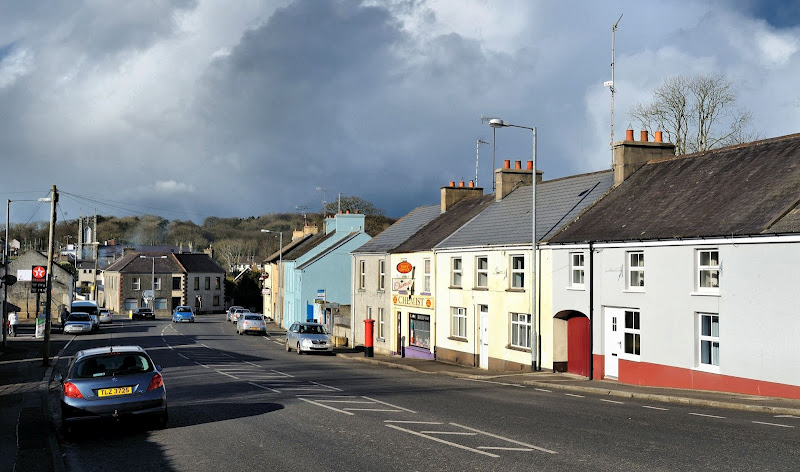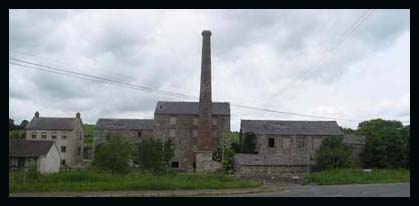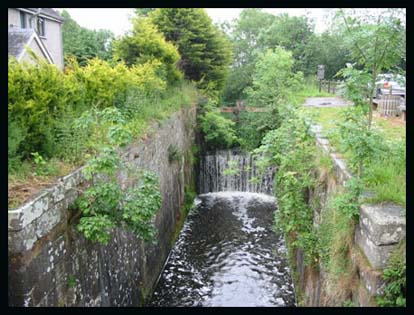|
Ros
Davies' Co.
Down, Northern Ireland Family History Research Site
© Rosalind Davies 2001 Permission granted to reprint research for non-profit use only |
Aghaderg Parish
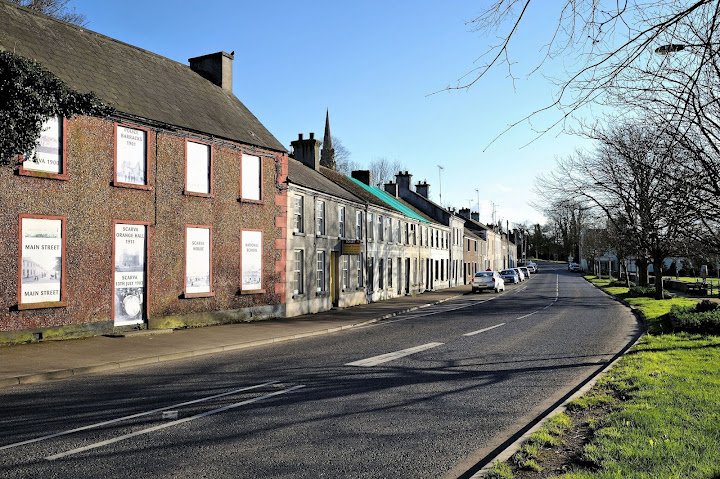 |
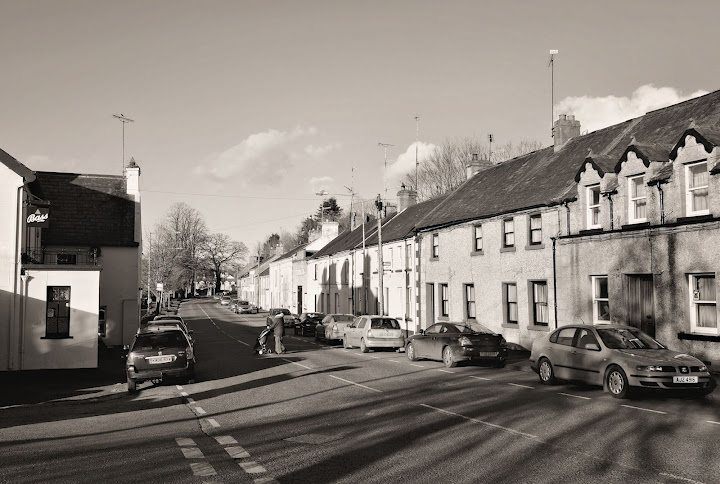 |
|
| These photos of Main St, Scarva were kindly sent by Bill Haggan | ||
|
Scarva is a town, 5km SW of Banbridge and a townland of 680 acres. Scarvagh Pass was one of the few ways to cross 'the great bog' so it was the rendezvous point for the Williamite army in 1690. The Newry & Lough Neagh Canal runs through the town. The village dates from 1746 when John Reilly of Scarva House was granted a charter to hold 4 fairs a year and add a small dock and quay on the canal. In 1741 coal was brought up the Newry Canal to Scarva until the railway was built in 1859 between Banbridge & Scarva. It was one of the most scenic stretches of railway. There was a school here in 1836. The Reilly family were the main benfactors of the town. In 1910 , the population of the town was 157. Articles from Down Recorder newspaper; burials available 1784-1873 at pay-per-view http://www.rootsireland.ie |
||
| References; V12 p 3, 4,5 ,6 ,7, 9, 10, 11 OSM: DR; BIH p 7; MS WAG p 35; PNNI V6 p 50; OGSLL p2737 ; POD | ||
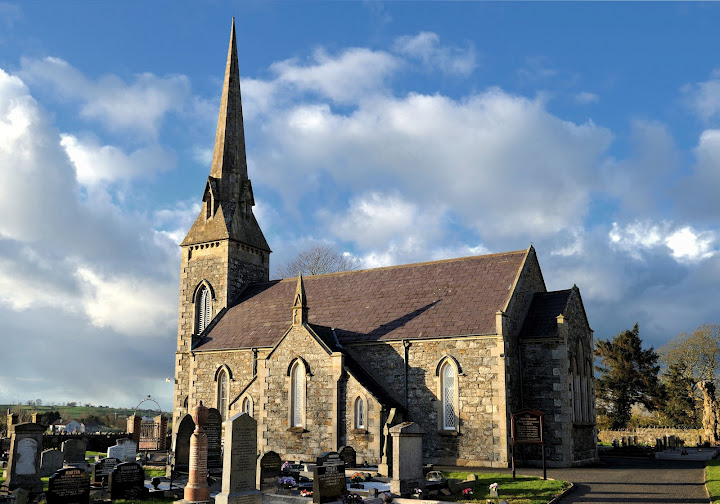 |
|
|||
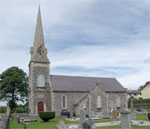 |
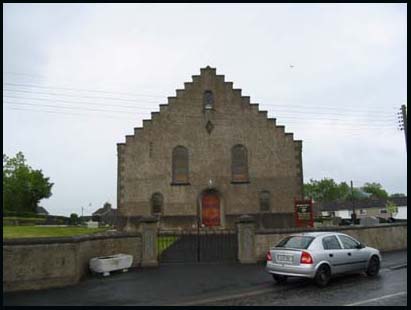 |
|||||
|
|||||
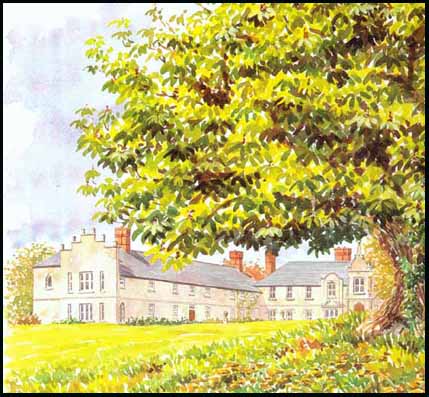 |
|||||
|
|||||
|
||||||
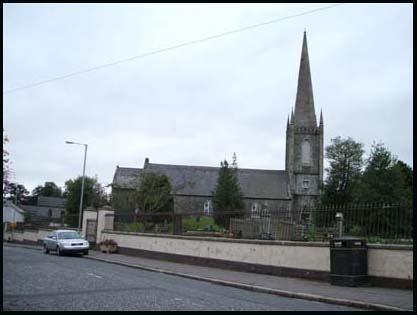 |
|||||
|
|||||
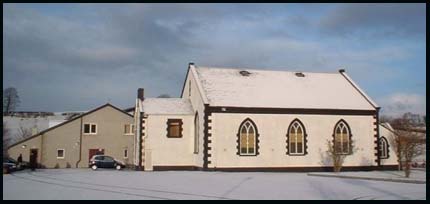 |
|||||
|
|||||
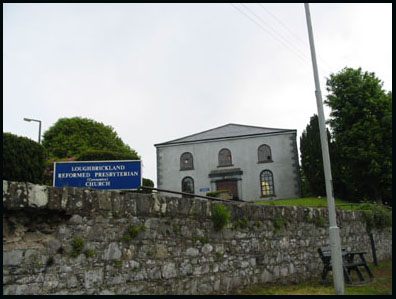 |
|||||
|
|||||
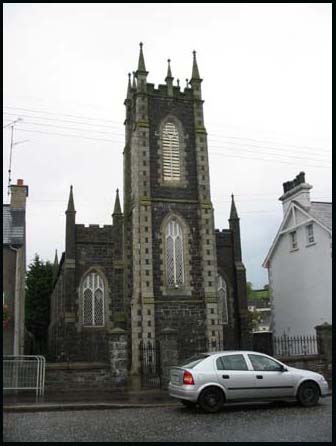 |
|||||
|
|||||
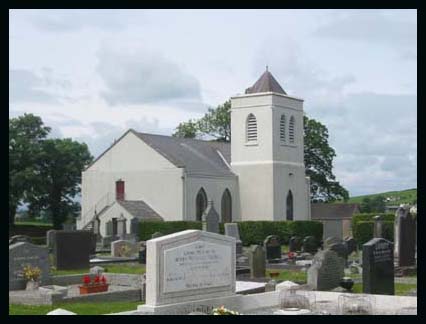 |
|||||
|
|||||
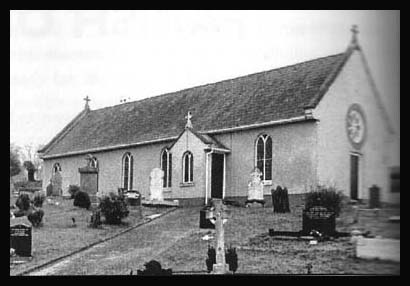 |
|||||
|
|||||
by Ros Davies
